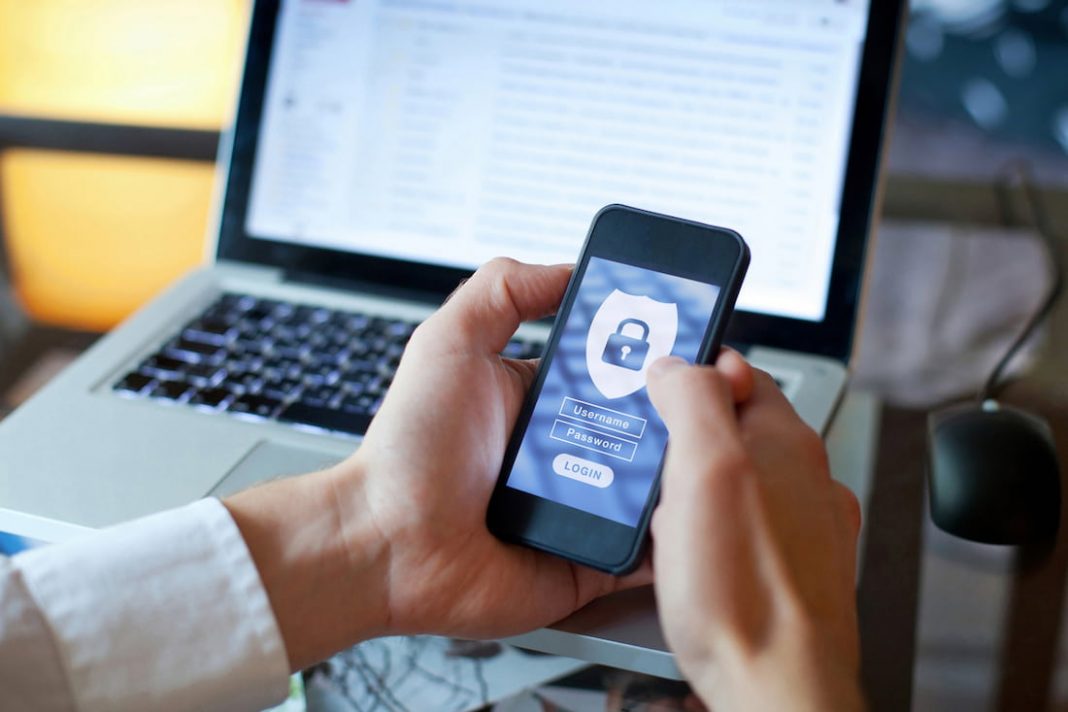In response to an article published on Canberra Daily on 28 December 2023 (The Digital ID comes for Australia), the Department of Finance’s Digital ID Communications Team sent the following text to assist with the public’s understanding of the Digital ID Bill.
Proving you are you
These days, we’re all familiar with handing over copies of our proof of identity documents.
From applying for a rental, registering for a new phone plan, or simply entering a night club, we’re regularly sharing or showing copies of our ID documents.
However, transferring, sharing and copying our ID documents and the information they list, can leave us vulnerable to identity theft.
It can also leave businesses holding or storing more of our data than they need, putting them at risk if a data breach occurs. The Optus, Medibank and Latitude leaks over recent years highlight the risks.
Using a digital ID can reduce the amount of information that businesses and government need to hold and the number of times we share copies of our ID documents.
How it works
Digital ID works by digitally verifying a person against their existing ID documents such as a passport or driver licence.
To set up a Digital ID, a person provides the details of their ID documents to a Digital ID provider.
These details are then confirmed digitally with the document’s issuing agency or against characteristics of the document to verify that the document is real and owned by that person.
No new ID number or document is created. The source ID documents are already held by various government agencies and remain secured in those locations. For example, driver licence details are digitally checked against the relevant state or territory record, and passport details are checked with the Department of Foreign Affairs and Trade.
The Government’s Digital ID solution, myGovID, already has approximately 10.5 million accounts and can be used across more than 130 Commonwealth, state and territory services.
You can use myGovID to access Centrelink services like Youth Allowance, applying online for a TFN, or updating your business details with government. I
In the future, people will be able to use a Digital ID for activities like getting a loan, a new mobile phone plan or applying for a rental property.
Legislation for expansion
Expanding Australia’s Digital ID System is intended to deliver benefits economy-wide. From reducing the risk of identity theft, to enhancing privacy by limiting how much information we share and saving businesses time by making it simpler and easier to verify someone’s ID.
To support this expansion and embed enforceable privacy and security protections, the Commonwealth Government introduced the Digital ID Bill 2023 and the Digital ID (Transitional and Consequential Provisions) Bill 2023 to the Australian Parliament late last year.
These Bills will specifically enable:
- a voluntary accreditation scheme for Digital ID service providers operating across the economy
- expansion of the Australian Government Digital ID System to include more state and territory, and over time, private sector services and Digital ID service providers
- enhanced privacy safeguards for accredited Digital ID service providers, with additional safeguards across the Australian Government Digital ID System
- an independent Digital ID Regulator (initially the Australian Competition and Consumer Commission) and an expanded privacy oversight role for the Information Commissioner.
The Bills are currently before the Senate and subject to an inquiry by the Senate Economics Legislation Committee, which is due to report by 28 February 2024.
You can read more about the Bills on the Australia Parliament website and the Digital ID website.



